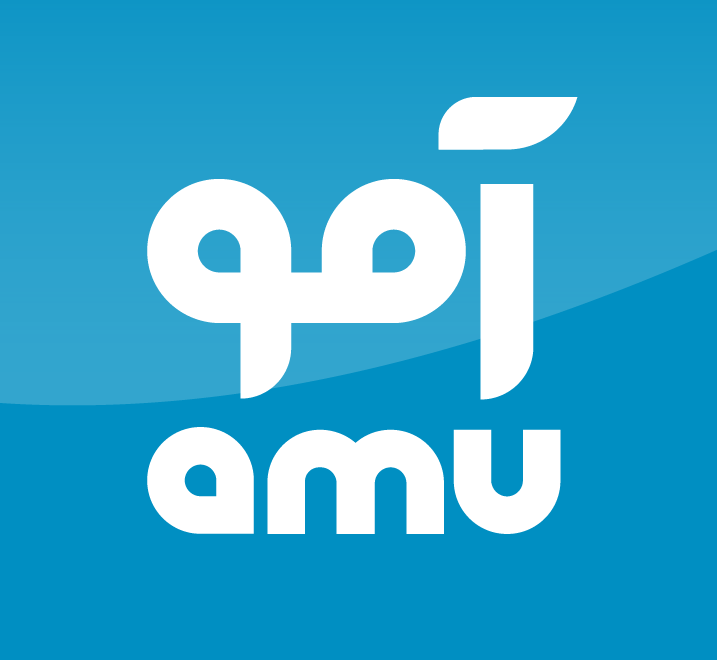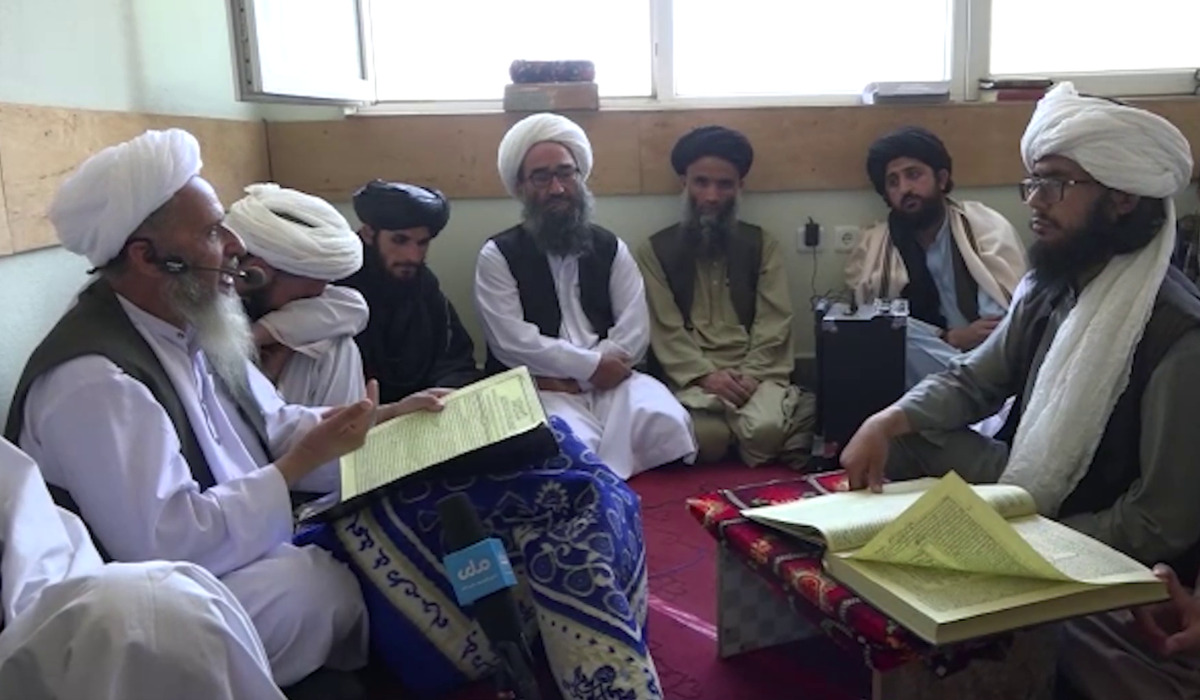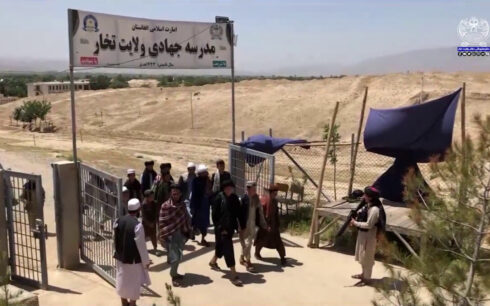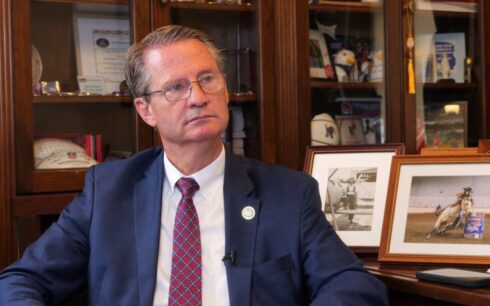KABUL, Afghanistan — Data from Taliban-run education ministry shows that Taliban have begun construction on three new religious schools in Logar, Farah and Ghazni provinces over the past month. Another madrassa has been inaugurated in Kabul during this time.
The data includes the first month of the solar year that expands from March 21 to April 20. The religious school inaugurated in Kabul is named the Mohammad ibn Hasan al-Shaybani Madrassa, and is located in Kabul’s District 5, where girls in grades 10 to 12 are receiving religious education.
The new projects include the Abdullah Almas Madrassa in Logar’s Charkh district, the Fayz-ul-Uloom Madrassa in Farah’s Khak-e-Safid district, and the Aafia Siddiqah Madrassa for girls in Ghazni’s Muqur district.
The ministry has stated that the construction of these madrassas will cost more than 7.5 million afghanis (approximately $105,000), with each facility designed to accommodate around 1,000 students at a time. The Abdullah Almas Madrassa is being built with an estimated cost of 2 million afghanis ($27,000), Fayz-ul-Uloom with 4 million afghanis ($55,000), and Aafia Siddiqah with 1.5 million afghanis ($20,000).
The expansion comes amid growing concerns from education experts and human rights groups who warn that the Taliban’s emphasis on religious-only education could fuel extremism and limit broader educational opportunities.
“The proliferation of Taliban-run madrassas risks ideological indoctrination of Afghanistan’s next generation,” said Abdul Ahad Farzam, a Kabul-based education researcher. “By promoting religious curricula and excluding secular studies, the Taliban are steering young Afghans toward a narrow worldview with potential long-term security consequences for the region.”
The Aafia Siddiqah Madrassa in Ghazni is intended specifically for girls — a move that underscores the Taliban’s restrictive education policy. While secondary schools for girls remain closed in most of Afghanistan, the Taliban have allowed girls’ enrollment in religious institutions, often without age limitations.
Some girls have expressed frustration over being denied access to secular education.
“The Taliban closed our schools, and now we risk becoming illiterate,” said a teenage girl in Ghazni, speaking on condition of anonymity. “We want to learn modern sciences, but now we are deprived of all our rights.”
According to official figures from the Taliban Ministry of Education, more than 21,000 madrassas are currently operating across Afghanistan, enrolling over three million students, including one million children.
Critics say the Taliban’s expansion of religious schooling at the expense of modern education could have serious social and economic consequences, deepening Afghanistan’s isolation at a time when the country faces humanitarian crises and international sanctions.





